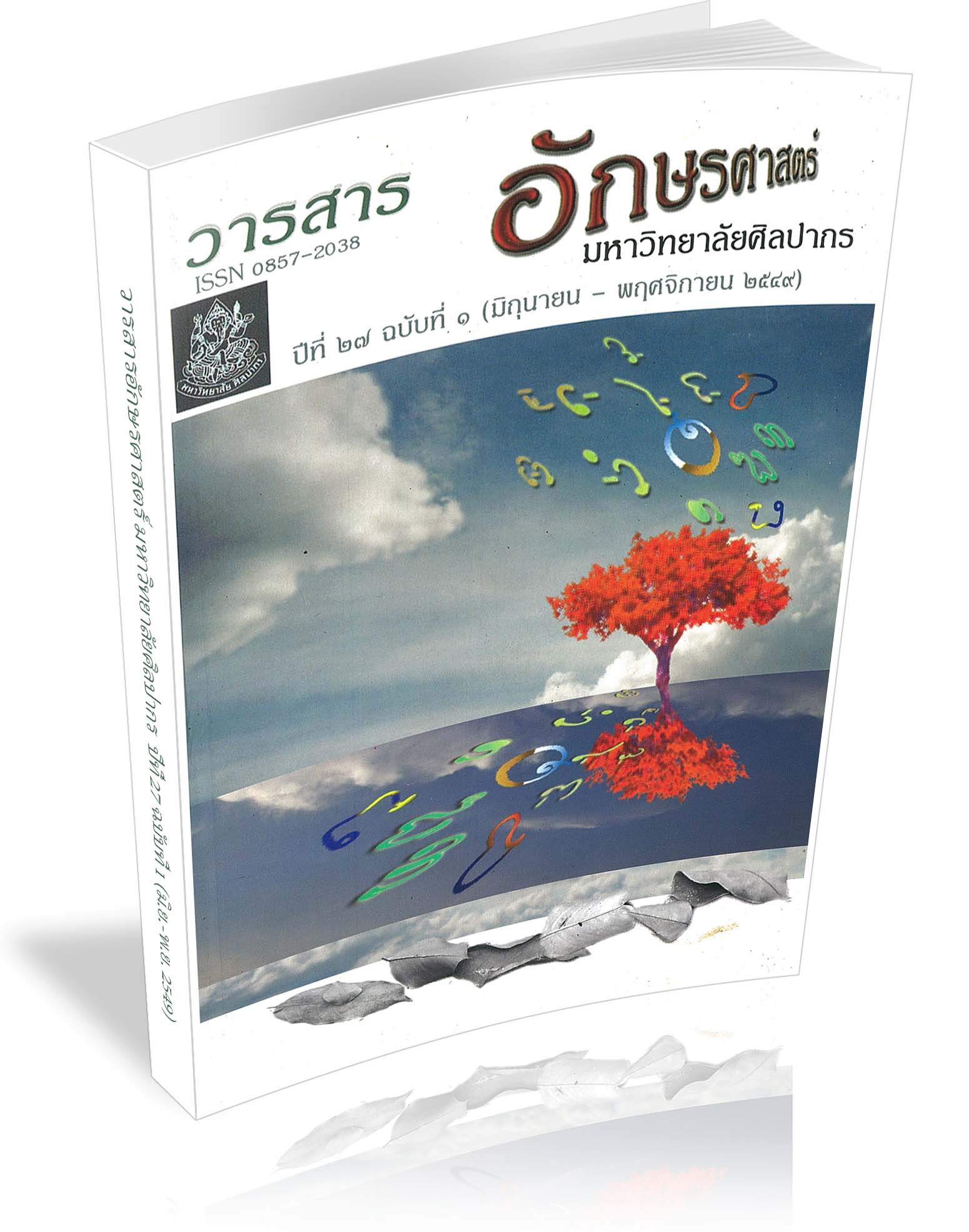Half a Century of Thai Tourism and Cultural Heritage
Keywords:
การท่องเที่ยวไทย, มรดกวัฒนธรรมAbstract
After World War II, it is more convenient and secure for several countries affiliated to the United Nations to exchange their visits to strengthen their relationship and to learn each other's culture. Since the South East Asian countries have exceptionally charming art and cultural heritages to European and American tourists. Thai Government turn to give more serious attentions to tourist industry. The government once proposed the initial project to develop tourism and stipulated it in the Fourth National Economic and Social Development Plan (1977-1981). Thai tourism accordingly evolves into capitalist industry with an emphasis on making profits. Such Thai tourist resources as cultures and traditions which are actually significant local rituals in Thai way of life and have been passed down from generation to generation a results of the people's faiths and beliefs are, Therefore, unfortunately, distorted just for the sake of a desire to please those tourists.
Downloads
References
นิคม มูสิกะคามะ. บรรณาธิการ. ทฤษฎีและแนวปฏิบัติการอนุรักษ์ อนุสรณ์สถานและแหล่งโบราณคดี. กรุงเทพฯ : หิรัญพัฒน์, ๒๕๒๓.
นงเยาว์ จิตตะปุตตะ. ประวัติศาสตร์กับการท่องเที่ยวไทย. นครปฐม : มหาวิทยาลัยศิลปากร, ๒๕๕๖.
ประมวลปราศรัยและสุนทรพจน์ของ ฯพณฯ จอมพล ป. พิบูลสงคราม นายกรัฐมนตรี ผู้นำของชาติ (ฉบับที่ ๒). กรมโมษณาการ, พ.ศ. ๒๔๘๕.
พิเศษ เจียจันทร์พงษ์. สุโขทัย : มรดกโลกทางวัฒนธรรม. กรุงเทพฯ : คุรุสภา, ๒๕๒๘.
ม.ร.ว. คึกฤทธิ์ ปราโมช ดึกฤทธิ์วิจารณ์. กรุงเทพฯ : คลังวิทยาการพิมพ์, พ.ศ. ๒๕๐๒.
Downloads
Published
How to Cite
Issue
Section
License
ผู้เขียนบทความต้องยินยอมในข้อกำหนดต่าง ๆ ของวารสารก่อนส่งบทความตีพิมพ์




